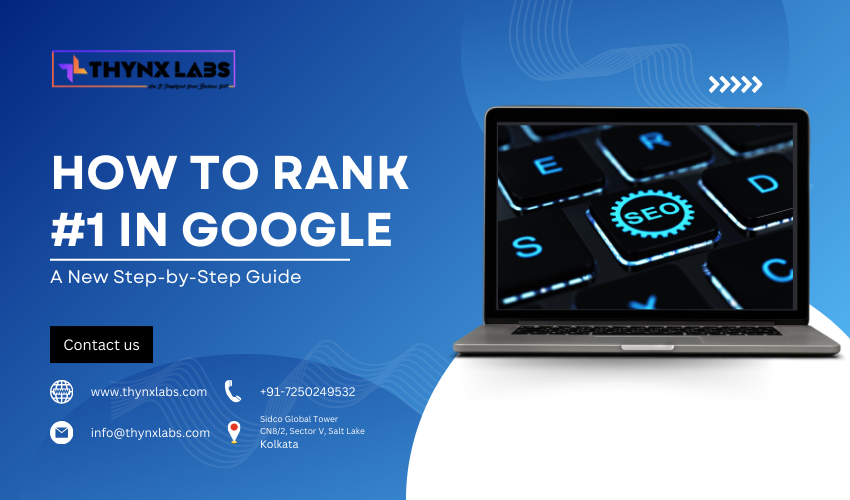Effective SEO Strategies for Your New Website
Launching a new website can be exhilarating, but it’s crucial to implement a robust SEO strategy to ensure your site gains visibility and attracts the right audience. Here’s a comprehensive guide to help you navigate the SEO process for a new website.
Understanding the Importance of SEO
Search Engine Optimization (SEO) is a vital process that helps your website rank higher in search engine results pages (SERPs). A well-optimized website not only attracts more visitors but also ensures these visitors are relevant to your business, thereby increasing the chances of conversion.
Keyword Research: The Foundation of SEO
Start by identifying the keywords that are relevant to your business. Use tools like Google Keyword Planner, SEMrush, or Ahrefs to find keywords with high search volumes and low competition. Focus on both short-tail and long-tail keywords to cover a broader audience base.
On-Page Optimization: Enhancing Your Website’s Content
- Title Tags and Meta Descriptions: Ensure every page has a unique title tag and meta description. Include your primary keywords and make them compelling to encourage clicks.
- Header Tags (H1, H2, H3): Use header tags to structure your content. The H1 tag should include your primary keyword, while H2 and H3 tags can include secondary keywords.
- Content Quality: Create high-quality, informative, and engaging content. Incorporate keywords naturally and ensure your content answers the search queries of your target audience.
- Internal Linking: Link to other relevant pages on your website to help search engines understand the structure of your site and keep visitors engaged longer.
Technical SEO: Ensuring Your Website’s Health
- Site Speed: A fast-loading website enhances user experience and improves your SEO rankings. Use tools like Google PageSpeed Insights to identify and fix speed issues.
- Mobile-Friendliness: Ensure your website is mobile-friendly as a significant portion of web traffic comes from mobile devices. Use responsive design to provide a seamless experience across all devices.
- XML Sitemap: Create and submit an XML sitemap to search engines to help them crawl and index your site more effectively.
- Robots.txt: Use a robots.txt file to guide search engines on which pages to crawl and index.
Off-Page SEO: Building Your Website’s Authority
- Backlink Building: Acquire high-quality backlinks from reputable websites. Guest posting, influencer outreach, and partnerships can help build your backlink profile.
- Social Media Engagement: Promote your content on social media platforms to increase visibility and drive traffic to your website.
- Online Directories and Citations: List your business in relevant online directories and ensure your NAP (Name, Address, Phone number) information is consistent across all platforms.
Monitoring and Analytics: Measuring Your Success
- Google Analytics: Use Google Analytics to track your website’s performance. Monitor key metrics like traffic, bounce rate, and conversion rate.
- Google Search Console: Use Google Search Console to track your website’s search performance, identify issues, and submit sitemaps.
- Regular Audits: Conduct regular SEO audits to identify and fix any issues that may be affecting your website’s performance.
Conclusion
SEO is an ongoing process that requires time, effort, and consistency. By implementing these strategies, you can improve your website’s visibility, attract the right audience, and ultimately drive more conversions. Stay updated with the latest SEO trends and algorithm changes to maintain and enhance your site’s performance.


